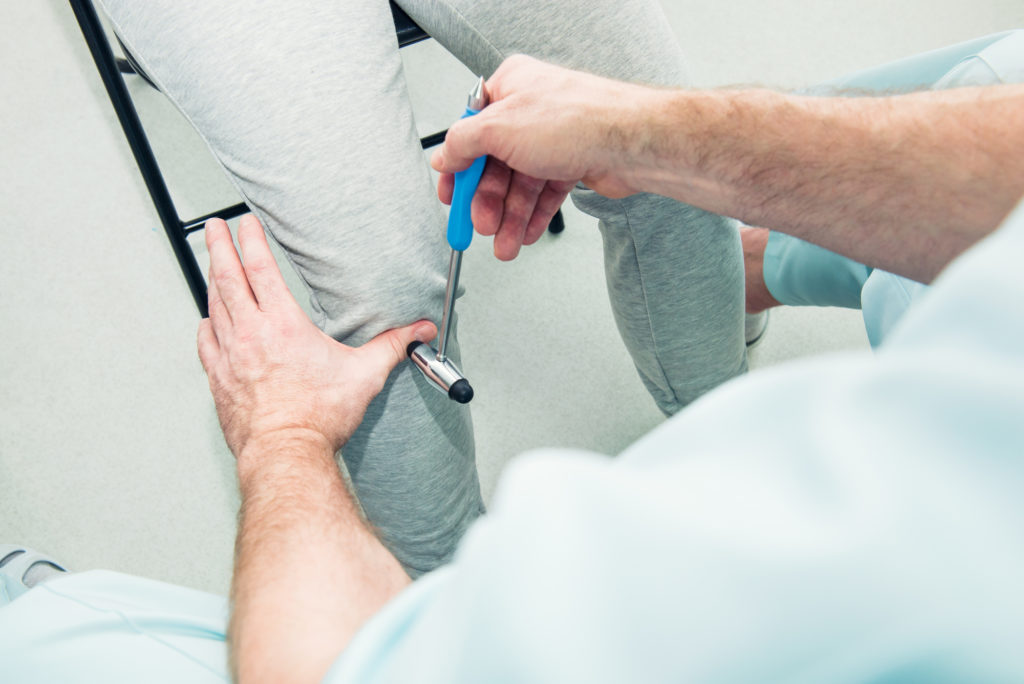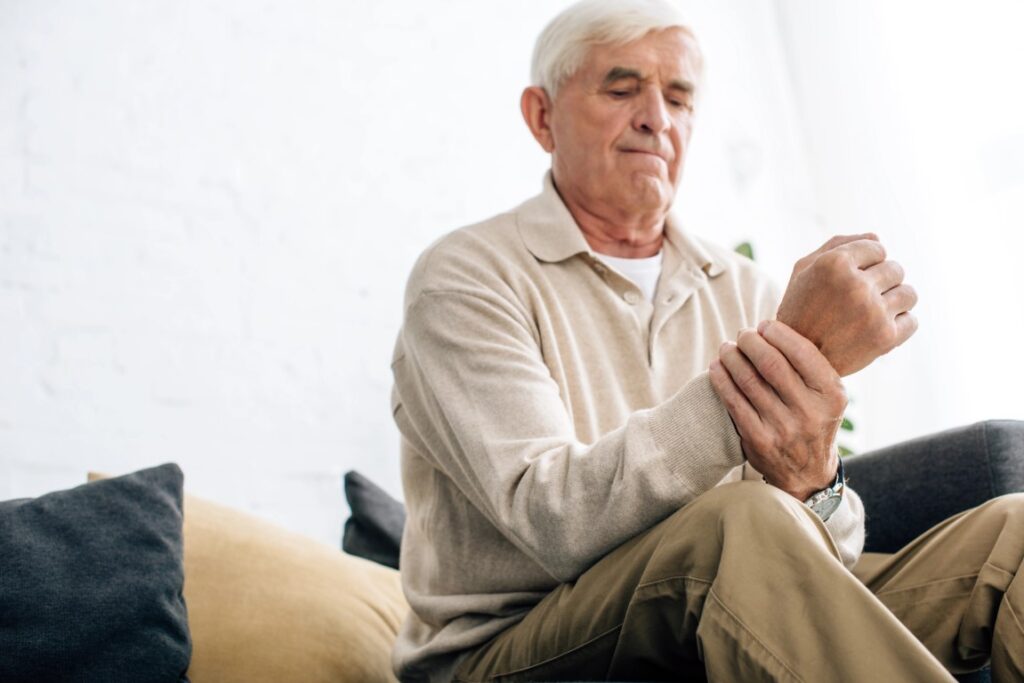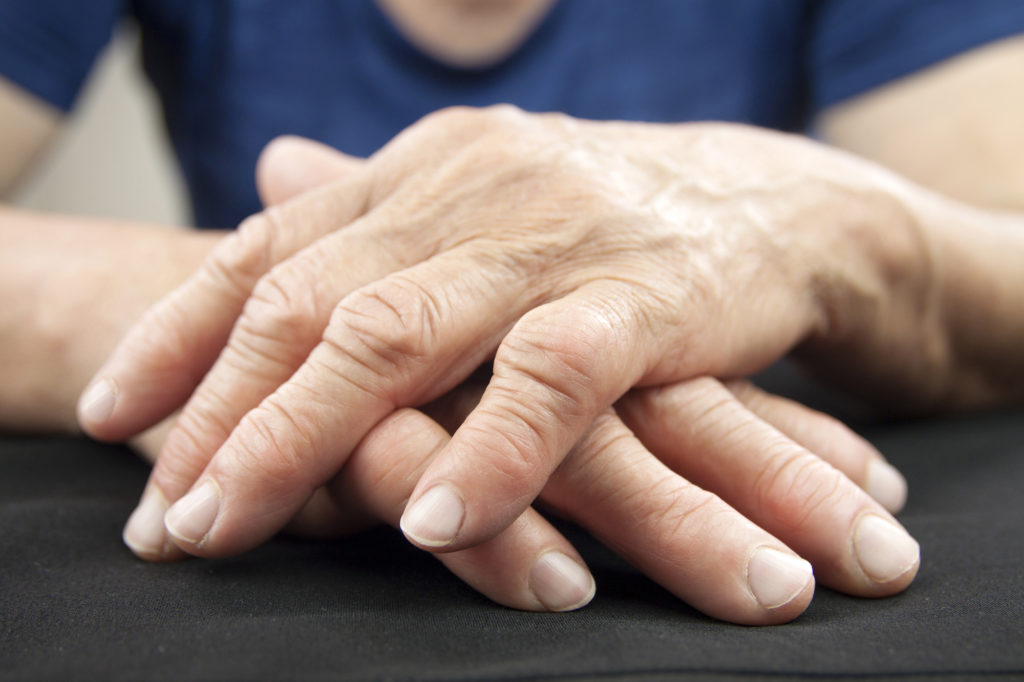
Plantar fasciitis is a common culprit behind heel pain, affecting millions of people each year. If you’ve ever experienced a sharp, stabbing pain in your foot — especially with your first steps in the morning — you may be suffering from this frustrating condition. Fortunately, physical therapy offers effective, non-invasive solutions to manage and relieve plantar fasciitis.
What Is Plantar Fasciitis?
Plantar Fasciitis occurs when the plantar fascia, the thick band of tissue on the bottom of the foot that supports the arch, becomes irritated or inflamed. This tissue acts like a shock absorber and supports the arch of your foot. Repetitive stress or strain can cause small tears, leading to pain and stiffness, particularly near the heel of the foot.
Common Causes:
- Improper footwear with little arch support and a lack of cushioning
- Overuse from activities like running, jumping, and walking
- Spending extended periods on your feet, especially on hard surfaces
- Tight calf muscles or Achilles tendon
- High arches or flat feet
- Obesity or sudden weight gain
- Rapidly increasing the intensity or duration of physical activity
Common Symptoms:
- Worse pain in the morning
- Pain that increases with activity or standing on tiptoes
- Swelling and tenderness in the heel
- Heel spurs (small bony growths on the heel bone)
- Arch pain, pain radiating up the calf, or difficulty walking
How Physical Therapy Can Help
Physical therapy is a proven, conservative approach to treating plantar fasciitis. A skilled physical therapist can create a personalized treatment plan designed to reduce pain, improve mobility, and prevent future flare-ups.
Stretching and Flexibility Exercises
Tight calf muscles and Achilles tendons often contribute to plantar fasciitis. Your physical therapist will guide you through targeted stretching exercises to improve flexibility in these areas, as well as the plantar fascia itself.
Common stretches include:
- Calf stretches against a wall
- Towel stretches for the foot and arch
- Plantar fascia stretch (rolling a frozen water bottle under your foot)
- Standing heel raises
Strengthening Exercises

Weakness in the foot and lower leg muscles can increase stress on the plantar fascia. Exercises targeting these areas can provide better support to the arch and improve overall foot mechanics.
Common exercises include:
- Towel scrunches with your toes
- Marble pick-ups
- Balance and stability exercises
- Reverse lunges
Manual Therapy
Hands-on techniques, such as soft tissue massage and joint mobilization, can help reduce muscle tightness, increase tissue mobility, improve blood flow, and promote healing in the affected area.
Gait and Posture Training
Abnormal walking patterns or posture can contribute to plantar fasciitis. Your therapist may assess your gait and provide corrections to ensure you have even weight distribution and proper foot mechanics.
Tapping/Night Splints
A physical therapist may apply tape to provide support and reduce stress on the plantar fascia or recommend night splints, which can help maintain a stretch on this muscle while sleeping.
Physical therapists may have you apply ice or heat to reduce pain and inflammation.
Education and Footwear Advice
Wearing proper shoes with adequate arch support and cushioning is essential. Your physical therapist can recommend footwear or custom orthotics to provide arch support and reduce strain on the plantar fascia.
The Benefits of Physical Therapy for Plantar Fasciitis
Improves Flexibility and Strength — Physical therapy can improve flexibility and range of motion in the plantar fascia, Achilles tendon, and surrounding muscles.
Strengthens Muscles — Strengthening exercises and gait training can improve your ability to walk, stand, and perform daily activities without pain, as well as stabilize the foot and correct faulty movement patterns.
Prevents Recurrence — By addressing the underlying causes of plantar fasciitis, teaching proper stretching and strengthening techniques, and helping you make lifestyle modifications, physical therapy can prevent future occurrences of the condition.
Reduces Reliance on Medication — Physical therapy can help you find the root cause of your plantar fasciitis and provide non-invasive pain relief, reducing the need to take medications or get injections.
Don’t Let Heel Pain Slow You Down

Plantar fasciitis can make even simple activities painful, reducing your quality of life. However, with the right approach, you can find relief. Physical therapy offers a safe, effective, and personalized way to reduce pain, improve foot function, and prevent the condition from recurring. By incorporating targeted stretches, strengthening exercises, manual therapy, and proper footwear guidance, you can take meaningful steps toward healing.
Don’t let heel pain stop you from enjoying your life — with the support of a skilled physical therapist, you can get back to walking and living comfortably. If you need help managing plantar fasciitis, contact Wasatch Peak Physical Therapy to schedule an evaluation.





